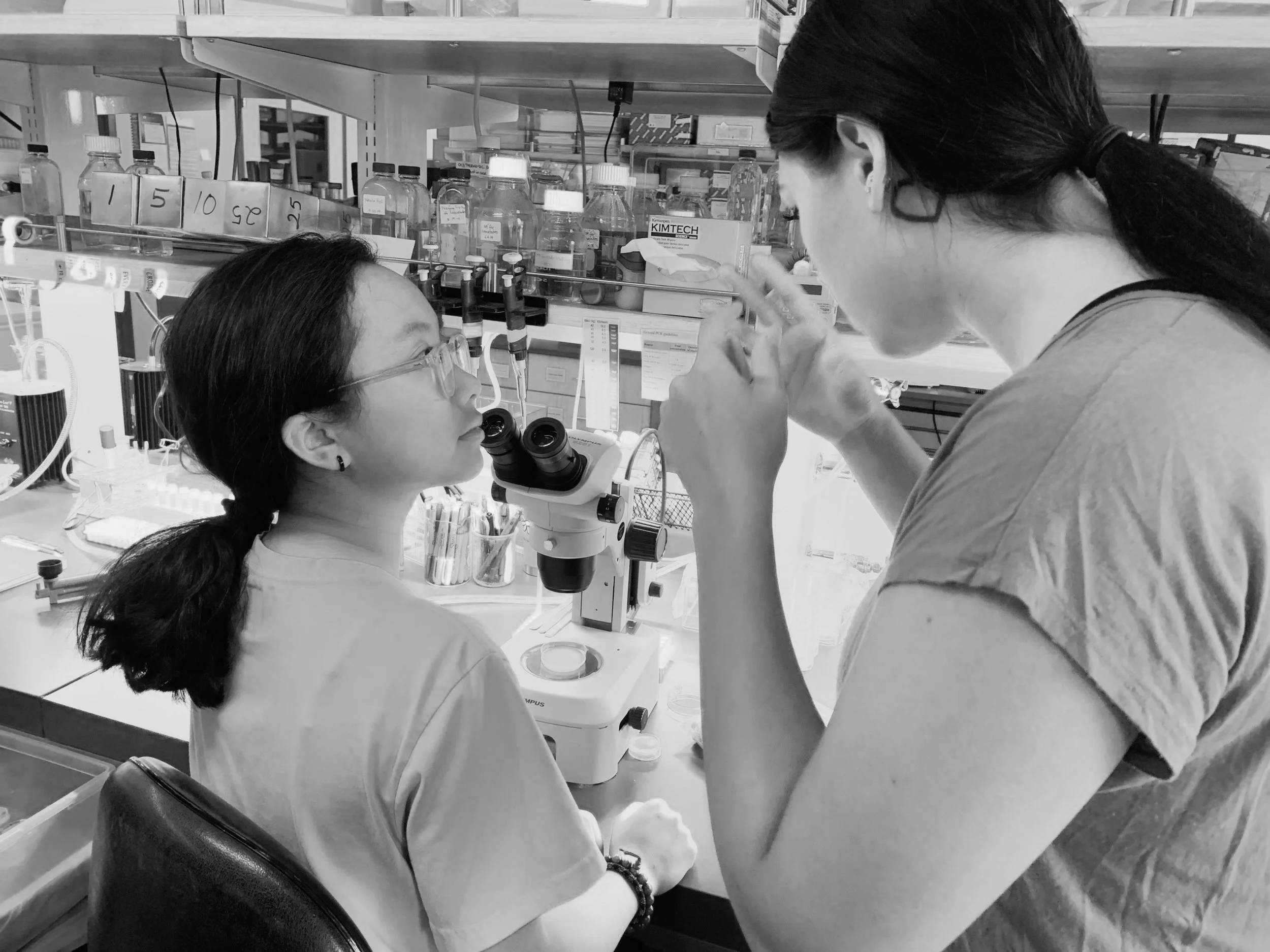
OUR RESEARCH
Our Driving Inquiry
How does near-peer mentoring and modeling through digital storytelling support the science identity development of diverse secondary school students?
Research Studies
The ongoing My STEM Story research program employs a variety of quantitative and qualitative methods to learn about:
students’ perceptions of science,
motives and goals in pursuing science,
personal and collective sense of agency and purpose in science,
the role of near-peer mentorship in supporting students of color in pursuing science, and
the use of authentic student storytelling as an intervention for students’ motivation and pursuit of science in high school and beyond
RESEARCH ARTICLES
There Are Two I’s in Motivation: Interpersonal Dimensions of Science Self-Efficacy Among Racially Diverse Adolescent Youth
Understanding of motivational constructs such as self-efficacy has mostly been based on studies of predominantly White samples, neglecting the perspectives and experiences of students from historically marginalized groups underrepresented in STEM academic and career pathways. In the present study, we examined science motivation in six high school students of color who participated in a brief, near peer mentoring program with undergraduate mentors of color.
Analyses revealed that science self-efficacy not only has a salient future-oriented component, but also centers around the importance of forming and maintaining interpersonal connections with others through proxy agency and help-seeking behaviors. Results emphasize a sociocultural perspective in expanding our understanding of self-efficacy—and motivational processes more generally—in a way that is more inclusive of the experiences of racial and ethnic minority youth.
It’s not all about recognition and influence: The role of communal and agentic motives and goals in science for diverse high school students
In this study, we consider two approaches to understanding students’ motivations in science. Each calls attention to the value of communal orientations (e.g., helping others, working for the social good, and collaboration) and contrasts them with individualistic motives (self-promotion, wealth generation, knowledge and skill development, and recognition). In our analyses, we found that students’ self-oriented and self-transcendent motives in science and perceived communal goal affordances explained unique variance of how students’ identified with science community values.
Self-oriented motives uniquely predicted intrinsic and interest value and attainment value students attributed to learning science. Perceived communal goal affordances of science uniquely predicted the utility value and attainment value students attributed to learning science.
How the Pandemic May Help More Students See Themselves as Scientists
This article explores how the My STEM Story project used documentary-style storytelling videos to capture unscripted interactions and authentic stories from high school student mentees and undergraduate student mentors to motivate students of color and other underrepresented young people to pursue science careers.
Adolescent science identity development in sociohistorical context: An ecological systems perspective
Science identity is an important factor underlying successful science learning and achievement in K-12 and postsecondary learners. Ecological perspectives have expanded our understanding of science identity development, yet the interactive role of the microsystem, macrosystem, and chronosystem has been understudied. The COVID-19 pandemic context provides a unique opportunity to examine the interlocking social and historical influences on science identity development among racially diverse adolescent youth. Findings underscore the importance of considering the learner’s ecology and the broader sociohistorical context when designing and implementing instructional practices for effectively shaping science identities and aspirations among diverse adolescent youth.





